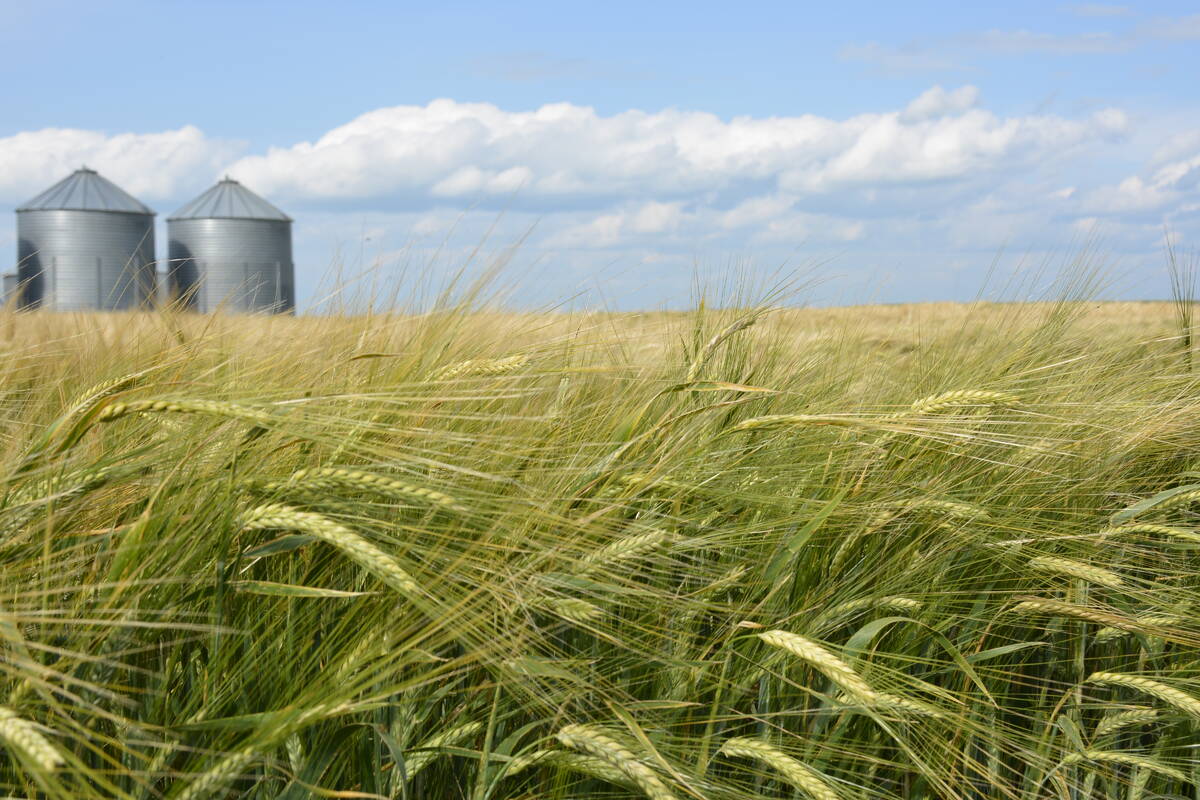Sask. industry group’s recent move away from the royalty-free model finds itself under grower scrutiny at annual meeting
Saskatchewan Pulse Growers’ new crop breeding arrangement generated plenty of debate at the association’s annual general meeting.
In July 2022, the group announced a new collaboration with Limagrain Field Seeds following the demise of its longstanding agreement with the University of Saskatchewan’s Crop Development Centre.
U of S College of Agriculture and Bioresources professor Richard Gray asked what the royalty structure will be under the Limagrain deal.
SPG executive director Carl Potts said the new varieties will be commercialized with royalties like any other crop.
Read Also

StatCan stands by its model-based crop forecast
Statistics Canada’s model-based production estimates are under scrutiny, but agency says it is confident in the results.
“SPG and Limagrain will both receive a portion of those royalties from commercialization,” he said.
“We will reinvest our part back into research, breeding and market development and other priority areas.”
He said the specifics on how the royalties will be collected and divided have not yet been determined. It will depend on the variety being commercialized.
The Limagrain arrangement is a departure from the previous deal with the CDC where varieties were released royalty-free.
Former Canadian Wheat Board director Ian McCreary said he is “very frightened” by the new model and wondered if there were any potential breeding partners who were open to the royalty-free approach.
Potts said the university wanted to move away from that model and private companies had no interest in it either.
He noted that there are still a few varieties in the CDC’s development pipeline under the old arrangement that will soon be released royalty-free.
McCreary wondered if there will be any value to farmers under the Limagrain arrangement.
Potts said one of the guiding principles for any new breeding arrangement is that it needs to provide value to growers. The costs of the seed can’t be so high that all the incremental value is lost.
He noted that SPG and Limagrain are both contributing cash and germplasm to the collaboration and both parties need to benefit from the deal.
Another grower said he doesn’t want to see the pulse sector go the same route as canola where varieties that work great are suddenly unavailable after three years.
“The one they bring out as a replacement might work in someone else’s area, but geez, in my area the germination doesn’t look (great) and the crop doesn’t grow nearly as well as the other one did,” he said.
Potts said one of the pivotal parts of the new system is that SPG still holds the rights to all the varieties released under the old CDC deal.
“We’ve been clear, our intention is to keep those existing royalty-free varieties available as long as growers want to grow them,” he said.
New varieties released through the Limagrain arrangement must be better than the older ones and not priced too high or farmers will just keep growing the royalty-free varieties.
“We think that that’s a really important competitive check in the marketplace,” said Potts.
Another grower asked how many breeding programs SPG will be funding.
Potts said it depends on the crop. For chickpeas and other small-acre crops it will likely be one. For peas and lentils there is room for two or three or possibly more.
The Limagrain collaboration covers peas and lentils. SPG is in the middle of negotiating a new deal with CDC covering those crops as well. Agriculture Canada also runs a pea-breeding program in Alberta.
“Maybe there’s an opportunity for another one on lentils,” said Potts.
SPG chair Shaun Dyrland hopes some of the new arrangements will bring a fresh perspective to existing breeding challenges.
“To be perfectly blunt, we’re in a tough spot with some issues with pulse crops,” he said.
He was referring to root rot diseases such as Aphanomyces.
“In my area, if we don’t have a fix to the Aphanomyces issue, we are out of the pulse business,” he said.
“This is an attempt to do something better and all we can do at this point is see if it works.”
A committee has been formed and plans to meet with Limagrain in the fall to establish breeding goals and milestones.
A farmer from Davidson, Sask., asked if growers could expect results in the three-to-five-year time horizon.
Potts said that is unrealistic because breeding is a long-term game. But he said the CDC has some pea lines in its pipeline with some resistance to Aphanomyces.
Dyrland was asked if SPG considered starting its own breeding program.
“That is a massive undertaking. Currently, it is not in the plans,” he said.
Gerrid Gust, a former SPG director and Western Canadian Wheat Grower Association chair, wondered if Saskatchewan growers will get preferential treatment over growers in Alberta and Manitoba for the varieties coming out of the Limagrain program.
Potts said all growers will have access to the varieties simultaneously.


















